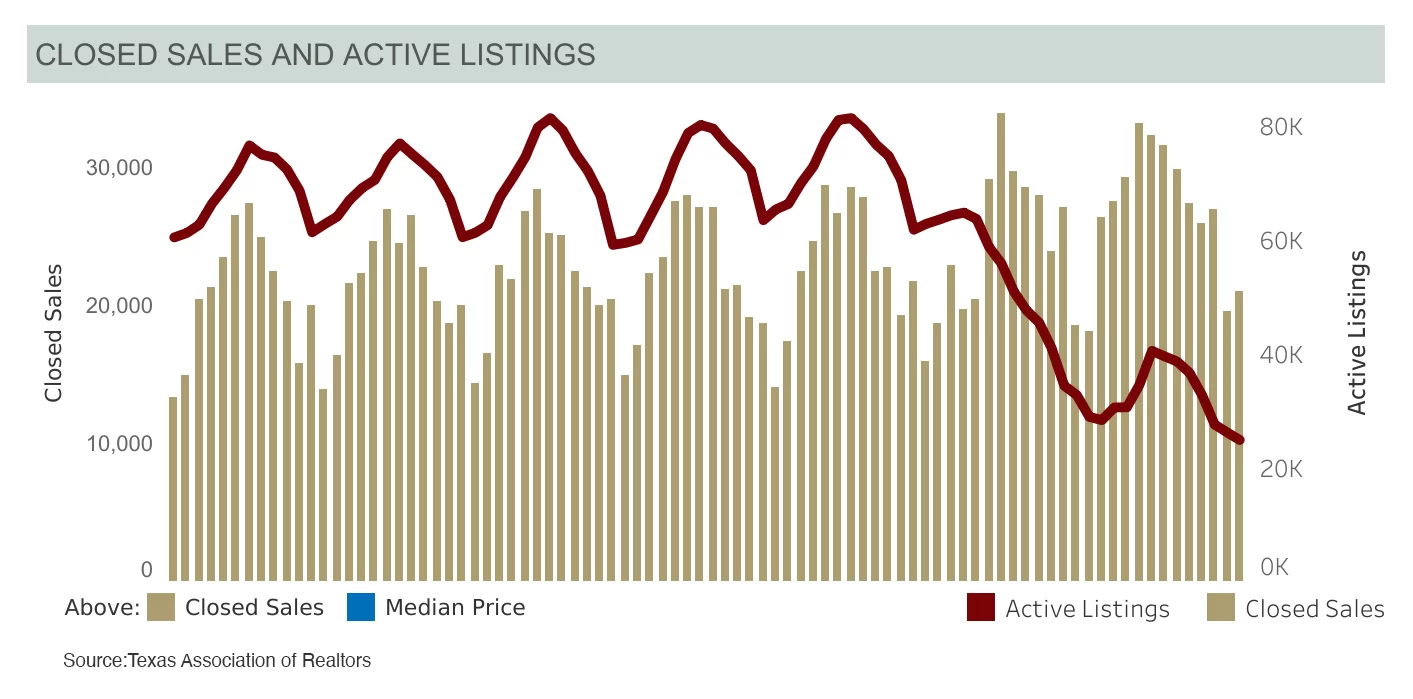The current market is tough for buyers…and it’s easy to get discouraged.
Understand that you may have to make several offers before finding your next home and that you will be competing with multiple offers. In some cases, there will be one or two outliers that come in way over the list price. However, we never know what that highest number is going to be and most agents won’t share much information at all about offers.
Here are 10 tips that can potentially move the needle to get your offer accepted over others.
1. Offer A Large Deposit.
There is relatively little risk with this as long as you know where your “outs” are in the contract.
In other words, if you terminate the contract, you’ll get this money back. This money also goes towards down payment and closing costs, which you’ll be paying anyways in the next 30 days.
2. Offer High Option Fee/Low Option Period.
An “option” is your unrestricted right to terminate. This may be a new concept because most states don’t incorporate an option into their standard contract. You can sort of view this as a ‘paid’ inspection period although (1) an inspection is NOT required and (2) you can terminate for any reason whatsoever during this period. The higher the option FEE and the lower the option
PERIOD, the stronger your offer because if you back out, they still get to keep the money. Some suggest waiving the option period, but this is far too risky if it’s your only “out”.
3. Waive the Appraisal.
This is pretty much a requirement in this market! So it’s important to understand the risks clearly up front. Understand that if you are getting a loan, there will still be an appraisal. You just won’t be able to get out of the contract if the appraisal doesn’t come in at contract price and you will be required to pay the difference between the contract price and the appraisal.
TIP: Consider putting additional earnest money down to cover the appraisal gap AND provide proof of funds showing the amount of the down payment AND the potential appraisal shortfall.
4. Pay Seller Expenses.
At the end of the day, the seller is generally looking for the highest net offer, so the more you can cover, the better your offer is. Consider paying the owner’s title policy, excluding a home warranty (or covering it yourself ~ $600), paying all the HOA fees, paying the buyer’s real estate commission, etc.
5. Write A Letter.
You can draft a generic letter to start so you have a base when the time comes to submit an offer on a specific home. But the letter you’ll send in with the offer should include something special about the home and why you REALLY love it! For extra mileage, include a few things that you can connect with the seller over. Don’t forget to compliment the seller where possible.
6. Pay Attention to Financing Considerations.
There are a few things to consider with regard to financing, the first being: USE A LOCAL LENDER.
While online lenders may appear to have lower rates at first glance, oftentimes they have a bunch of junk fees buried in AND they are often not able to deliver for a number of reasons, appraisal timeliness being one of the major ones. If you’re going conventional, lower loan to value, the better as it shows you have liquidity and can handle any issues that may come up with appraisals. If you’re going to use VA benefits, consider a backup conventional offer (if you qualify) if you’re submitting an appraisal waiver.
7. Offer A Quick Closing.
If you’re in the position to do a quick closing, you may want to shoot for a 2-3 week close. Our lender can close for us in 21 days or less (our fastest close was 8 days!). Now, keep in mind, there may be some extra costs associated with this such as “rush appraisal” fees, but it may be worth it if it makes the difference between getting the home or not.
8. Offer A Free Leaseback.
Many sellers are waiting until they sell their home to start looking for a new one so that they don’t have to submit a “contingent” offer (which really has little chance of getting accepted in this market anyways). If you’re using financing, you can lease the property back for 59 days. So, by giving the seller an extra 2 months to find a home and close, you can often tip the scales in your favor.
TIP: Since interest is paid in arrears, if you close on the 1st of the month, you won’t have a payment due for 60 days. In other words, if you close on January 1, the first mortgage payment won’t be due until March 1! (If you close on January 31st, the first payment will still be due on March 1st).
9. Remove Additional Contingencies.
There are 38 potential outs in the contract for a buyer (depending on various addenda, property type, location, etc.). The more of these you remove the better. We’ve mentioned the appraisal above, but you can also consider removing things like the HOA contingency and other outs, if applicable to your offer.
TIP: Get pre-UNDERWRITTEN versus pre-approved and then you can remove the financing contingency.
10. Consider A Backup Position.
If all else fails, and you’re not able to win the initial offer, consider putting in a backup offer. This will essentially lock you in in the event that the offer that was accepted falls through, which happens a fair amount of the time for one reason or another. When people are paying way over the asking price, sometimes they get buyers’ remorse. Sometimes an inspection item comes up that spooks them, and so on.


